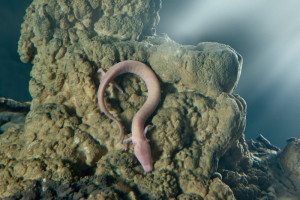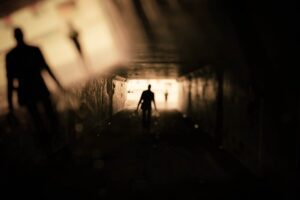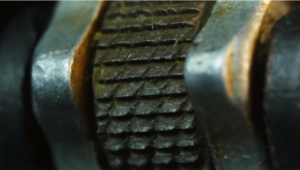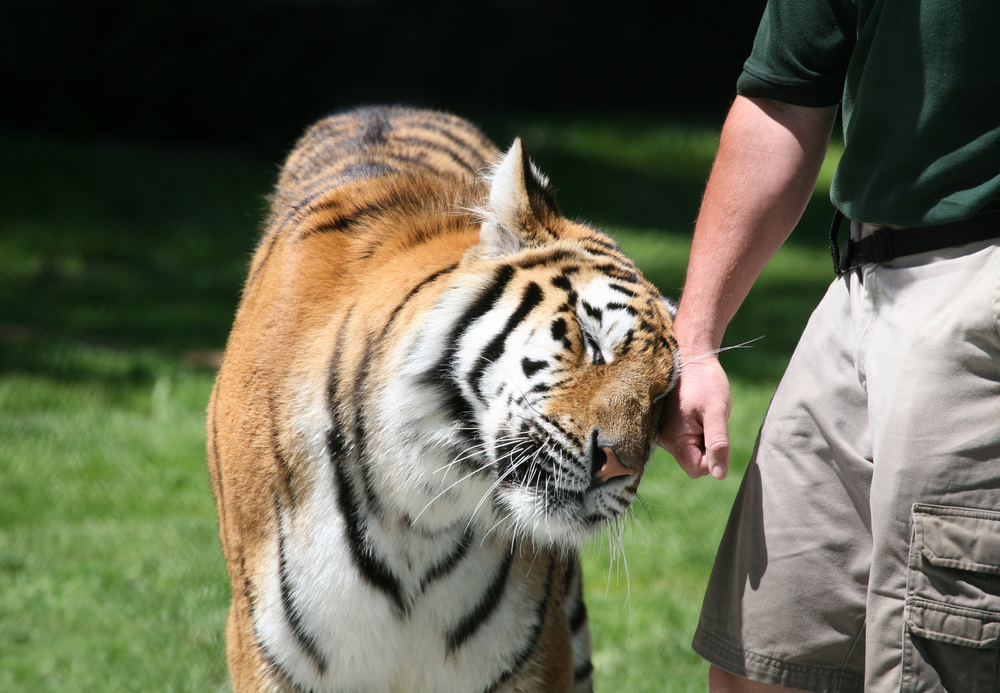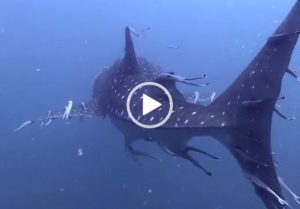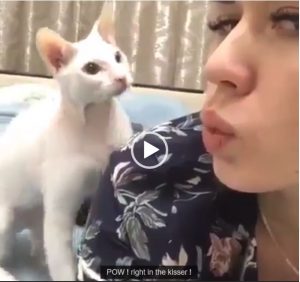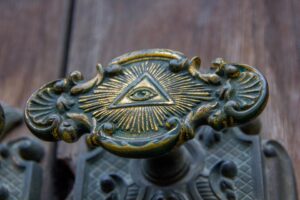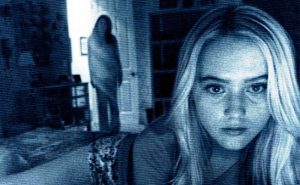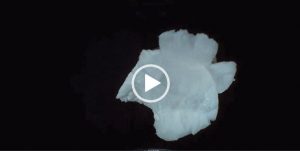Science specialists in Slovenia are planning for another brood of olms, which are hole lizards referred to locally as “infant mythical serpents,” or dragons, to incubate somewhere down in a minimalist aquarium in a European cavern.
The olm is the mainland’s adjusted vertebrate, and only duplicates once every six or seven years. In this way, when another brood of 57 eggs was laid in January, scientists and curious people alike swarmed into the cave hoping to be the first to witness the most current bunch of child mythical serpents.
A fast look at an olm is all it takes to comprehend the all-so-common myth of dragons. Olms have a slim, snake-like body, short and squat legs, and frilly fan-like gills jutting from every side of the head. A child olm’s eyes decay after around four months, so it chases worms, creepy crawlies, and snails utilizing just its faculties of hearing and smell.
It’s no wonder 15th century people once trusted that the olm was the posterity of mythical serpents.
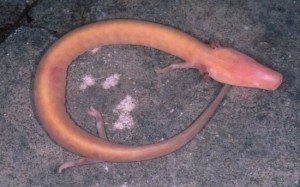 “Individuals had never seen it and didn’t recognize what it was,” biologist Saso Weldt told the Christian Science Monitor. “Amid the winter time, large amounts of mist regularly ascended from the cavern, so they created stories of a mythical serpent breathing flame from the hollow, and they thought the olms were its children.”
“Individuals had never seen it and didn’t recognize what it was,” biologist Saso Weldt told the Christian Science Monitor. “Amid the winter time, large amounts of mist regularly ascended from the cavern, so they created stories of a mythical serpent breathing flame from the hollow, and they thought the olms were its children.”
However, they can live for a long time and survive 10-year ranges without sustenance. Be that as it may, rubbernecking birthers shouldn’t get excessively amped up for seeing new hatchlings at any point in the near future — it could take an additional four months before new infants develop.
This time, in any case, researchers are prepared to see these “infant mythical beasts” develop to adulthood.

